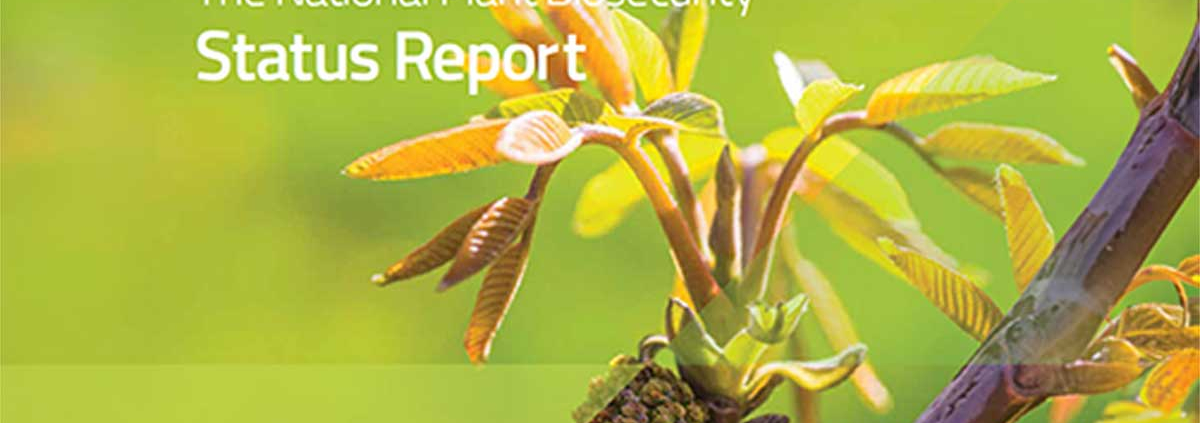The big picture of how Australia is being protected from plant pests and diseases
The latest go-to guide to how Australia is being protected against plant pests and diseases reveals the tremendous effort being made across the country to sustain our plant industries, unique ecosystems and standards of living.
The tenth edition of the National Plant Biosecurity Status Report was released this week by Plant Health Australia (PHA), the national coordinator of the government-industry partnership for plant biosecurity.
The report details the efforts being made by everyone involved in plant biosecurity, be they the Australian or state governments, industries, research agencies and the community.
In addition to identifying the greatest exotic pest threats to plant production, each report covers the governance of plant biosecurity in Australia and explains the mechanisms in place, including surveillance and diagnostics, used to maintain the pest status of plant industries.
The report displays the system with three layers of protection: pre-border, at the border and post-border, with specific examples of how this works.
“While the Australian Government has responsibility for biosecurity activities pre-border and at the border, the report also covers the roles of state and territory governments in delivering post-border plant biosecurity and operations under their own legislation,” said Greg Fraser, PHA’s Executive Director and CEO.
“The report highlights hundreds of scientific projects being undertaken around Australia by researchers and funders seeking to solve challenges affecting plant industries and our unique environment,” Mr Fraser said.
“Each project sheds light on some aspect of plant or bee biosecurity that will inform better management of pests, crop production and the environment.”
Roughly 700 scientific studies are listed covering pest management, crop improvement, surveillance, diagnostics and the basic biology of pests, crops and other plants. The pests investigated include insects, bacteria, fungi, viruses, nematodes, mites and weeds.
The report profiles 40 plant industries and includes 31 case studies that highlight facets of the biosecurity system including eradication, communication and awareness, surveillance and regionalised and priority pests.
The 2017 edition of the National Plant Biosecurity Status Report was developed with input from 90 contributors in the plant biosecurity sector.
The annual Status Report has become a must-have reference volume for anyone seeking to understand Australia’s plant biosecurity system and its performance.
The report is available to read or download from planthealthaustralia.com.au/NPBSR

